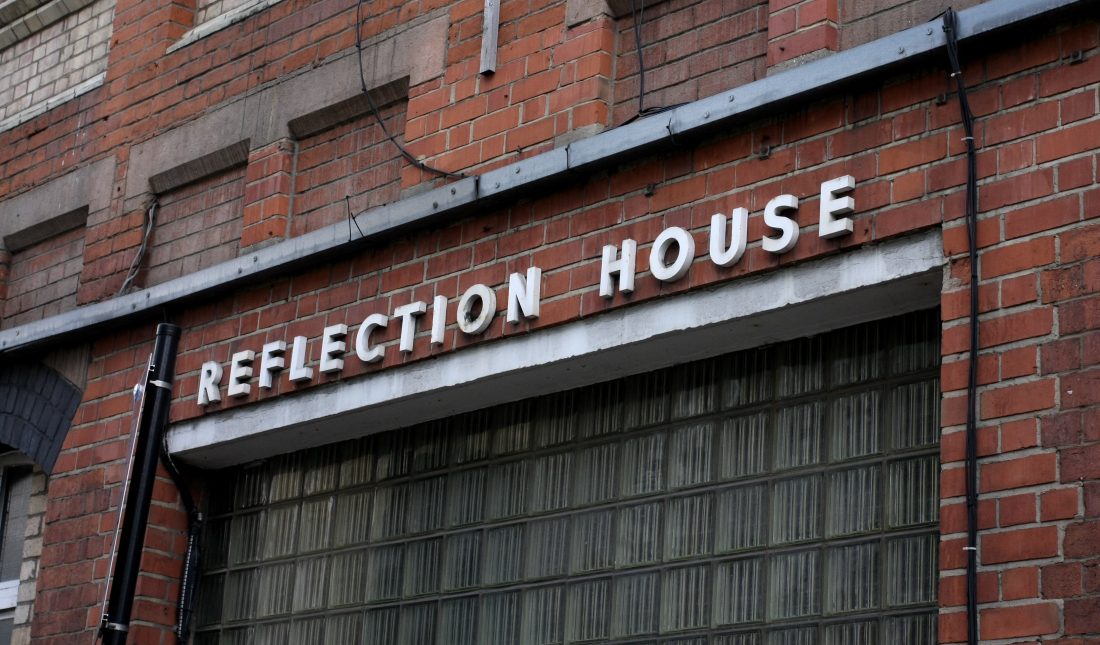This is the text, slightly modified and with additional citations, of a lightning talk presentation I gave at the Cilip Conference 2019 Leaders’ Network Panel session on the subject of why self-determined learning matters for leaders at all levels.
I will speak about why I think self-determined learning is key to critical reflective practice for leaders. You may already have heard of self-determined learning as heutagogy (Hase and Kenyon, 2000). I say critical reflective practice because critical reflection is the method I identify with—because it focuses on concerns of power and social justice. That matters to me in part because of class positionality—social class remains a barrier to education and entry to librarianship, as Liz Jolly said yesterday in her keynote talk.
I want to centre reflective practice for leaders because it is a critical learning skill, that is associated with and connected to knowing how to learn. I also feel personally, the leaders who have most inspired me and that I think role-model an authentic approach are those who take a reflective approach in their practice.
Reflective practice as a way of understanding and dealing with unique situations is important because to be frank, leaders do not always immediately know what is right and sometimes not even a full picture of what is going on operationally. By that I mean that we will not have an effective playbook or toolkit to work with in situations that are ‘new and novel’, and we may be removed from the operational detail as well: we may not realistically have time to build that knowledge from the ground up.
When I face a new challenge I often think about similarities from experiences I’ve had in the past, and my mind starts developing analogies. But that’s dangerous ground in so many ways—it leads to situations in which cognitive biases can creep in. Remember, many cognitive biases exist because there is an advantage in allowing us to make quick, snap decisions—as such we have to remember that the gut feeling we have needs to be questioned exactly because it feels right.
A workplace role as a leader or senior manager don’t mean that you know everything or can reach good answers or wise judgements quickly; more likely in my experience is that the snap judgement is really a hot take, rooted in cognitive bias or shallow moralising. Think about this: have you ever worked for someone who you thought made a snap decision and then wouldn’t change their mind, no matter what evidence was presented? Or, have you actually been that person?
We need knowledge from outside ourselves to develop self-awareness. My colleague Jacqueline Smart at University of West London taught me yesterday at our learning and teaching conference, that the kind of self-awareness that we gain during reflective practice is also a form of new knowledge. Why we need to be self-determined is that working in new and novel situations that are ambiguous and uncertain is the key space of leadership work.
The most powerful lesson I have learned in any senior role is there are multiple ways to do things and often multiple, functionally-equivalent correct answers. In those new and novel situations there is often no practical or timely way to ask “what are others doing?” and an outward focus for learning combined diverse viewpoints and experiences as input is essential. I’ve learned that this point is often a very difficult one for leaders to make peace with. Leaders place themselves in a vulnerable position when we admit they don’t know something. Those in senior roles often don’t have many peers in the institution at their level, and commonly no-one else with our particular skill-set.
To add, the mentoring relationship you can get through Chartership professional registration is an amazing way to develop that kind of trusted relationship outside your institution—however that’s really not what I’m getting at here. What I have found effective is to draw on the professional body of knowledge of librarianship. Now, saying a body of knowledge is another way of saying “theory”, and for me theory is a living thing we embody in our work. Of course, it can be got from reading thing but it can also be gained from others including by way of what we might think of as the oral tradition of our profession.
In self-determined learning the benefit is in looking wider, outside of librarianship, is that this is your way to find the global maxima—the highest point.̣ Reading within our discipline normally finds you a local maxima only. A local maxima may be enough, especially as a starting point for wider investigation. The issue I have found though is that new and novel problems demand knowledge from outside our discipline because they demands the most powerful knowledge. Our mentors’ roles here is to help us in scaffolding the knowledge we need to learn how to learn, but beyond this we need to be critical and self-determined learners.
References
Hase, S. and Kenyon, C. (2000) ‘From andragogy to heutagogy’, Ulti-BASE In-Site, December [Online]. Available at: http://pandora.nla.gov.au/nph-wb/20010220130000/http://ultibase.rmit.edu.au/Articles/dec00/hase2.htm
Smart, J. and Rowson, J. (2019) Reflection as dialogue in work-based learning [Conference workshop at UWL Festival of Learning and Teaching]. University of West London, London, July 3.




